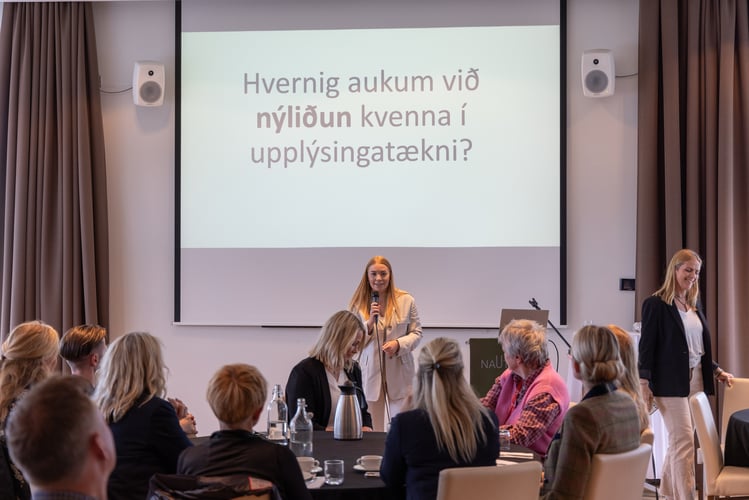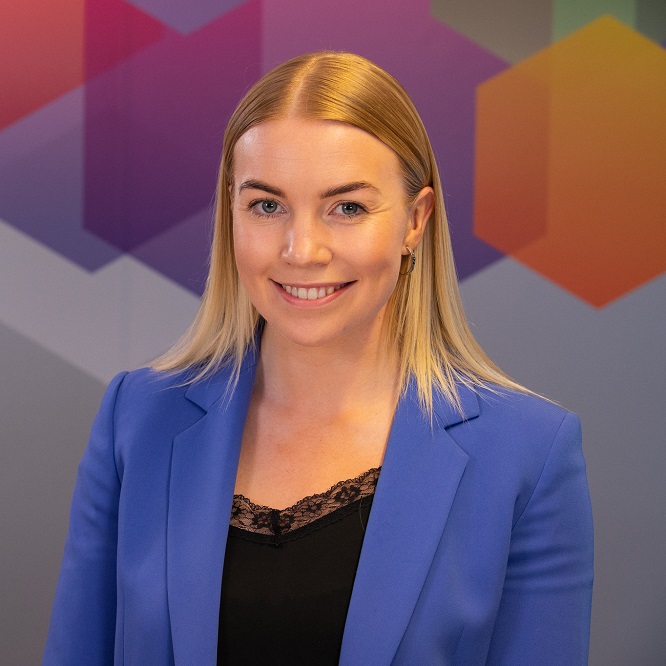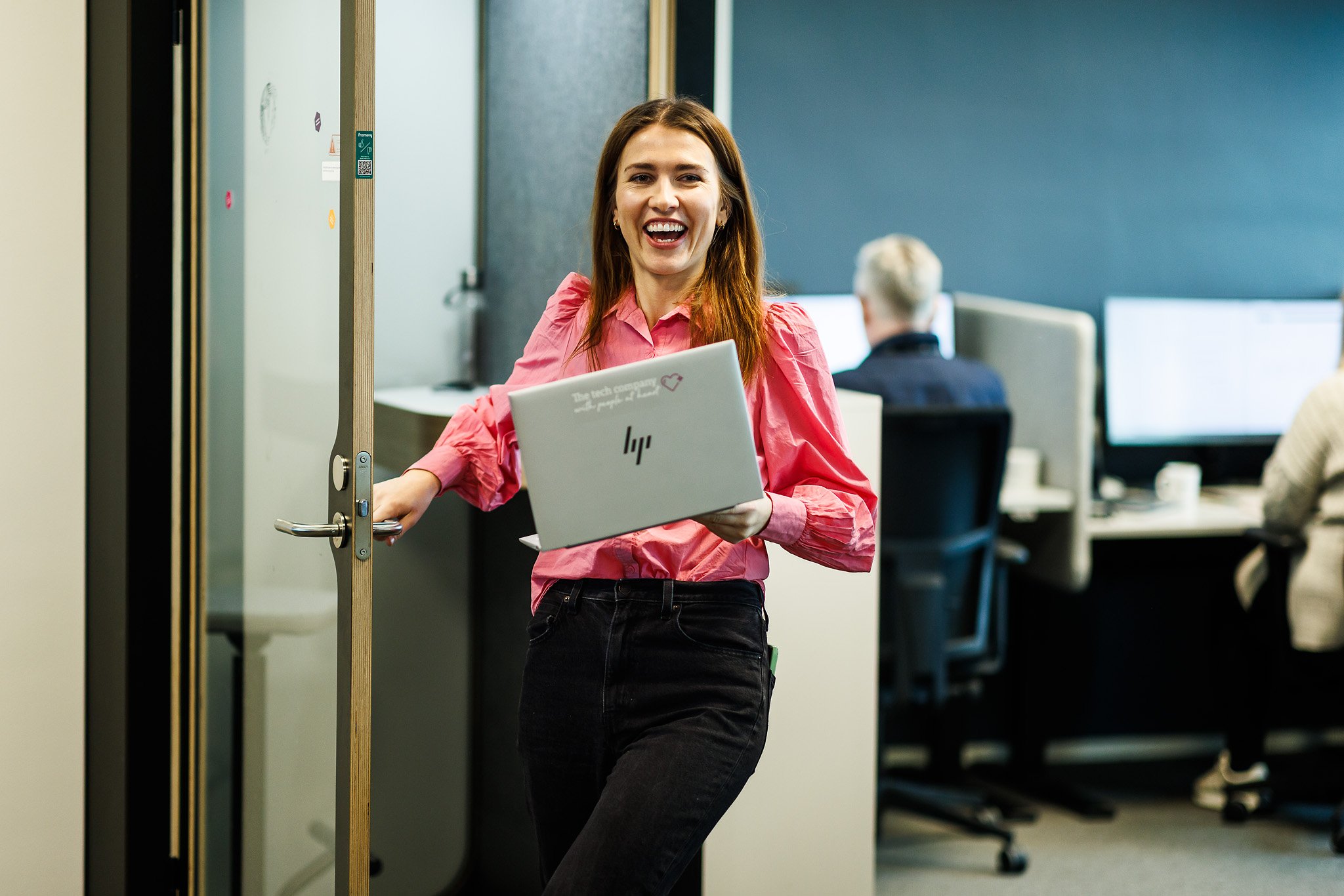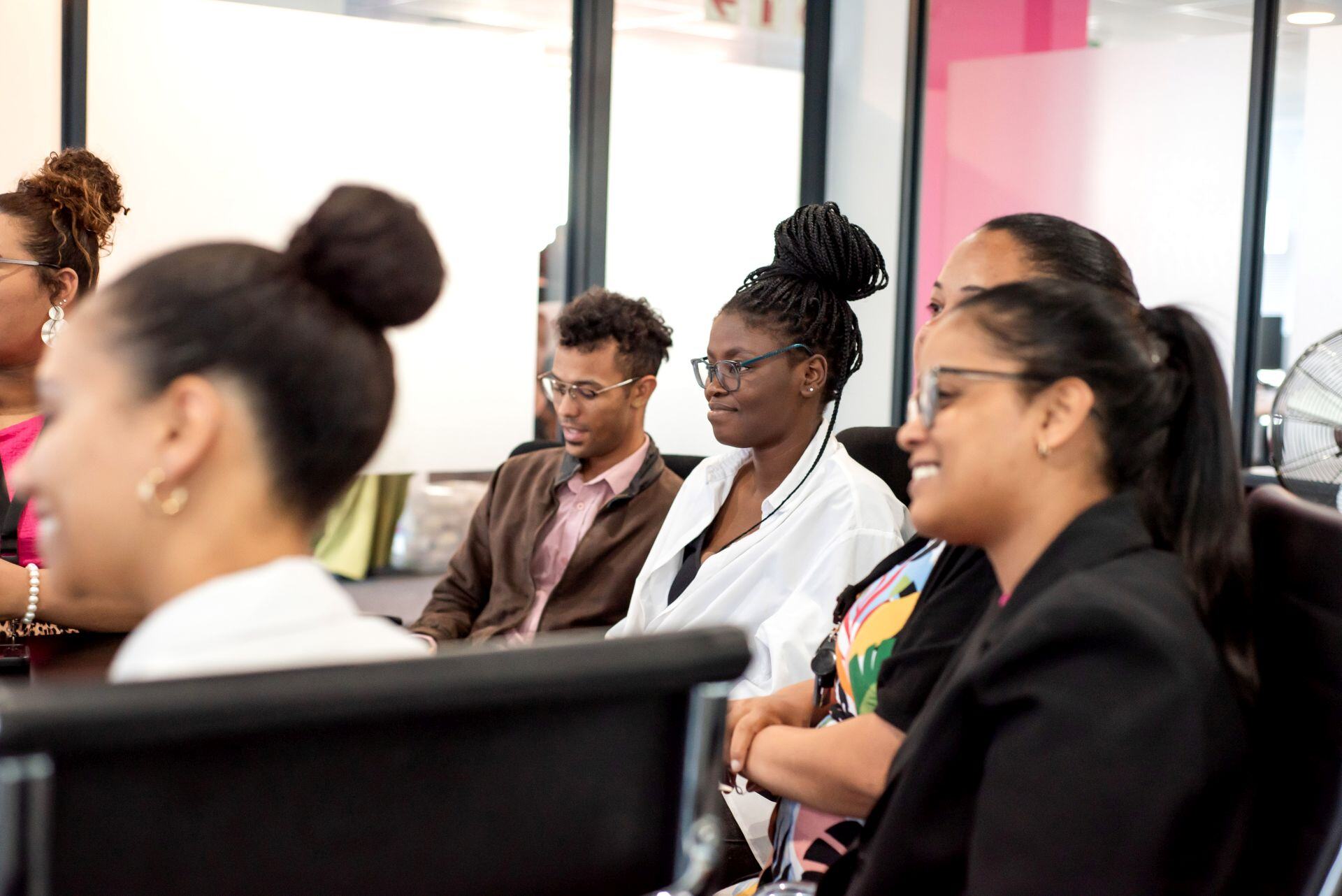Women make up only about a quarter of IT-related workers in Iceland, according to a survey on the status of women in information technology in Iceland. A similar or lower percentage is seen among graduates of technology-related studies at Icelandic universities. In this case study, Thora Rut Jonsdottir, Sustainability Director at Advania Iceland, describes what measures they are taking to tackle this issue.
Having implemented multiple projects and activities with the goal of increasing the share of women employed at Advania, we saw that we were not addressing the root cause of the problem. Most IT companies in Iceland were doing something about increasing the share of women internally among their employees, hiring more women, and sometimes headhunting from the other IT companies. We saw that this wouldn’t be a solution to the actual problem, which is that there aren’t enough women choosing to enter the IT workforce.
In an effort to influence this, Advania decided to host an event with Vertonet, an association for women in IT. We invited over 80 people from 58 different IT companies, the schools that offer IT-related education, and the Minister of Higher Education, Science, and Innovation. The meeting resulted in an industry-wide project called Átaksverkefni Vertonet, that will run for six months initially with the option to be extended.
Who stands behind this initiative?
In the end, a group of 26 companies, schools, and associations signed a declaration of intent to fund the efforts of the project. A project manager was hired and a steering group consisting of seven representatives from different companies was formed. The group behind this initiative is a mix of large IT companies, large companies with IT departments, and smaller IT companies, as well as higher education providers such as the University of Iceland, University of Reykjavik, NTV, and Promennt. One industry association also signed the memorandum, pledging to participate in and support the project.
What is the timeline and main goal for the project?
The aim of the project is to understand how we can increase the share of women in IT in general, and what efforts are needed from companies, from the school system, and from the ministry and government.
A lot of different projects have been initiated with this goal in mind and the first priority is to map them out and find ways to connect them to amplify their impact. It was apparent in the meeting in July 2022 that there was a shared understanding of what needed to change but perhaps no formal effort being put in to address the issue. Discussing the educational system, the IT skills of teachers, the lack of IT role models for young girls, and the persistent stereotypes in IT, participants formed a joint ambition to define action points instead of only discussing the problem and then going on with day-to-day operations.
The project is funded for six months initially, with the option to be extended.
What activities were done in 2022?
The project was formally handed over to Vertonet from Advania after the meeting in July. They then finalised the necessary steps to start the project and secured financing for six months. A project manager was hired at the end of the year and started in January 2023. The steering group was formed, and Advania is part of it.
What do you plan for 2023?
The project manager has set up a meeting plan for the steering group and scheduled interviews with different people in the IT industry. The steering group had their first meeting in early 2023 and the project will continue until the summer of 2023. The next step is to create an action plan based on the information gathered and present it to the relevant parties, seek agreement, and initiate the process of increasing the share of women who choose IT.
What are your expectations of the project in the long term?
We want to increase the number of women entering the IT industry by making them aware of all the possibilities to do so. We want to reach and influence both those starting out, who are still part of the traditional education system, and those who are already part of the job market and show them ways to switch to IT.
What would you say are the most important lessons learned so far in the project?
That it is possible to think bigger and work together towards a common goal. The problems companies are facing in sustainability in general are of a magnitude that makes it difficult for them to try to solve the problems on their own. A joint effort can be difficult to navigate but should still be a viable option if everyone involved is engaged and brings a positive and problem-solving mindset into the work. This project will hopefully set the precedent for other projects with the goal of solving a common problem.

 Written by
Þóra Rut Jónsdóttir
Written by
Þóra Rut Jónsdóttir




